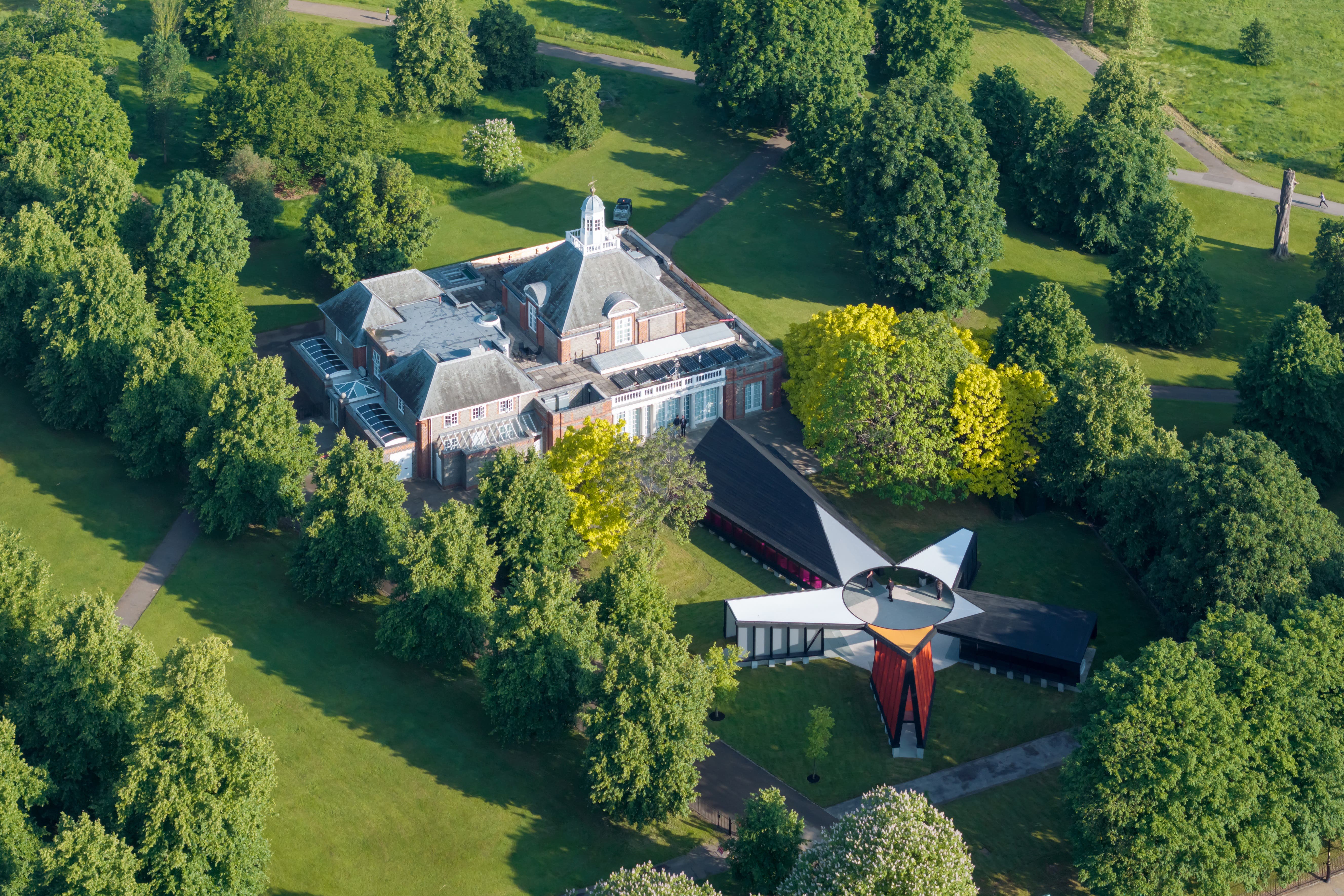Serpentine unveils 2024 pavilion inspired by traditional Korean home courtyard
The 23rd Serpentine Pavilion will host a newly commissioned soundscape, a library and a series of performances and talks.

Your support helps us to tell the story
From reproductive rights to climate change to Big Tech, The Independent is on the ground when the story is developing. Whether it's investigating the financials of Elon Musk's pro-Trump PAC or producing our latest documentary, 'The A Word', which shines a light on the American women fighting for reproductive rights, we know how important it is to parse out the facts from the messaging.
At such a critical moment in US history, we need reporters on the ground. Your donation allows us to keep sending journalists to speak to both sides of the story.
The Independent is trusted by Americans across the entire political spectrum. And unlike many other quality news outlets, we choose not to lock Americans out of our reporting and analysis with paywalls. We believe quality journalism should be available to everyone, paid for by those who can afford it.
Your support makes all the difference.The Serpentine Galleries has unveiled this year’s summer pavilion which takes inspiration from the open courtyard found in traditional Korean homes.
Titled Archipelagic Void and designed by South Korean architect Minsuk Cho and his firm Mass Studies, it aims to embrace the “many existing peripheral elements while exploring the centre as a void”.
The 23rd Serpentine Pavilion based in London’s Kensington Gardens, opening on June 7, will host a newly commissioned soundscape, a library and a series of performances and talks.
The new structure is comprised of five “islands” with each point being unique in size, form, name and purpose, providing a multifaceted platform for the Serpentine’s upcoming live programme.
Each island will host a different area including the gallery, the library, the auditorium, the tea house and the play tower.
The islands encircle a void at the centre, taking inspiration from the open courtyard, known as a madang, in traditional Korean houses.
The gallery will play host to a six-channel sound installation created by musician and composer Jang Young-Gyu.
For the music, Jang has incorporated sounds from nature and human activities recorded in Kensington Gardens with traditional Korean vocal music and instruments.
Meanwhile, the tea house has been designed by James Grey West and The Library Of Unread Books has been created by artist Heman Chong and archivist Renee Staal.
It has been set up to function as a “living” reference library as each book has been donated by its previous owner.
The pavilion also features the play tower, a pyramid structure fitted with a bright orange netscape for visitors to climb and interact with.
The largest structure of the islands is the auditorium, which features benches built into its inner walls, providing an area for public gathering, performances and talks.
Cho said: “We are honoured and grateful to unveil Archipelagic Void in June.
“To realise the Pavilion, we began by asking what can be uncovered and added to the Serpentine site, which has already featured over 20 historical iterations at the centre of the lawn, from a roster of great architects and artists.
“To approach this new chapter differently, instead of viewing it as a carte blanche, we embraced the challenge of considering the many existing peripheral elements while exploring the centre as a void.
“It also begins to address the history of the Serpentine Pavilion. By inverting the centre as a void, we shift our architectural focus away from the built centre of the past, facilitating new possibilities and narratives.”
The Serpentine Pavilion will run from June 7 to October 27.